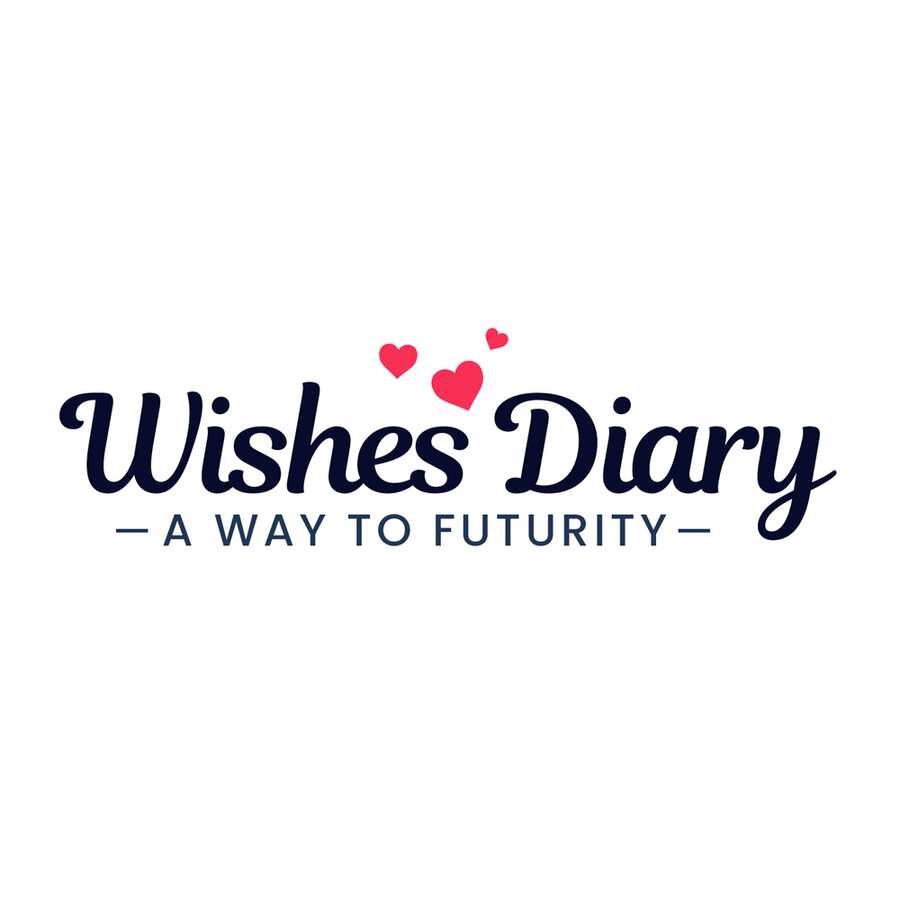ASD or Autism Spectrum Disorder is a neurodevelopmental disorder that affects social interaction, communication, and behavior. It is a complex disorder that is characterized by a range of symptoms, which can vary from person to person. Although autism is indeed a spectrum disorder, every autistic person is different. Some autistic individuals need little to no help. Some folks could need a parent or caretaker's everyday assistance. Additionally, some autistic individuals display moderate to above-moderate intelligence. Some autistic people experience academic difficulties. some people may find it difficult to take care of themselves and might require help with daily duties. Here you should raise your hand for autism patients. Wishes diary will surely guide you in this regard. Keep reading.
General Diagnosis of Autism Spectrum Disorder
There is no known single cause of ASD, but researchers believe that a combination of genetic and environmental factors may play a role in its development. ASD is typically diagnosed in early childhood, but some individuals may not receive a diagnosis until later in life. The symptoms of ASD are typically divided into two main categories: social communication and repetitive behavior. Individuals with ASD may have difficulty with verbal and nonverbal communication, such as maintaining eye contact, understanding gestures and facial expressions, and developing appropriate conversational skills. They may also struggle with social interaction and forming relationships with peers and family members. Repetitive behavior is another common symptom of ASD. This can include repeating certain words or phrases, engaging in repetitive physical behaviors such as hand flapping, or having a strict adherence to routines and schedules.
Main Symptoms of Autism Born Child and Autism People
The degree of signs and symptoms of children with autism spectrum disorder (ASD) or autism spectrum disorder varies. Read the main Autism symptoms on how to diagnose Autism commonly.
• Can't grin or show any other emotion on command at 6 months or higher.
• By the age of 12 months, a child is unable to ask a question or grasp anything by waving their hands or pointing.
• Cannot face one another.
• Favors solitude to crowds and avoids them.
• Cannot comprehend the emotions of others.
• Prefers to adhere to the same norms. Every alteration results in a negative response.
• Repeating the same phrases or actions, such as moving the head or hands in the same manner, over and over.
• Heightened or diminished sensitivity to specific hues, sounds, smells, sensations, or tastes.
• Demonstrates an overzealous enthusiasm for a topic or object.
Treatment of Autism Spectrum Disorder
While there is no known cure for ASD, early diagnosis and intervention can significantly improve outcomes for individuals with the disorder. A comprehensive treatment plan for ASD typically includes a combination of behavioral therapy, speech therapy, and medication.
Behavioral therapy, such as Applied Behavior Analysis (ABA), is a commonly used treatment for ASD. ABA therapy focuses on identifying and modifying specific behaviors and is often used to improve social communication skills and reduce repetitive behaviors. Speech therapy can also be beneficial for individuals with ASD who struggle with verbal communication. Speech therapy can help improve language and communication skills, and may also address nonverbal communication such as body language and facial expressions.
Medication can also play a role in treating ASD, particularly in managing associated symptoms such as anxiety, depression, or attention deficit hyperactivity disorder (ADHD). Medications such as selective serotonin reuptake inhibitors (SSRIs) or atypical antipsychotics are effective in managing certain symptoms of ASD, but their use should be carefully monitored by a healthcare provider.
In recent years, there has been growing interest in alternative treatments for ASD such as dietary supplements or therapies such as music or art therapy. However, these treatments are not yet supported by robust scientific evidence and should be used with caution.
Generally, a multidisciplinary approach to treating ASD that includes behavioral therapy, speech therapy, and medication can significantly improve outcomes for individuals with the disorder. It is important to work closely with a healthcare provider to develop an individualized treatment plan that meets the unique needs of each person with ASD.
How to Help Autism People & How to Increase Autism Awareness
Support Autism people by educating yourself about Autism, understanding their unique communication and sensory needs, advocating for their rights, and offering them patience, empathy, and acceptance. Consult with professionals to determine the best ways to help them improve their skills and quality of life. To help Autism people near you, involve yourself in diverse events for autistic people and autism campaign activities that are open to everyone.
Increasing Autism awareness can be achieved by spreading accurate information through social media, public promotions, and educational programs. Encouraging open dialogue, supporting autistic individuals, and advocating for policies that promote inclusion and accommodation can also raise awareness and understanding of autism. Send autism messages to help autistic people and raise their voices for world autism awareness day from this article- Special Autism Messages, Autism Quotes, Autism Captions for World Autism Awareness Day.
ASD Symbols for Autism Awareness
Whether you are a progenitor, caregiver, or pedagogue, you can propagate Mass Autism Awareness. Awareness should be customarily grown and commemorated through an array of ASD Symbols Awareness Plans also. When autism is portrayed in the public and via the media, it is portrayed as a syndrome with a colorful spectrum of symptoms. it's thus symbolized by several colors and symbols. Some of these are listed below:
The sign of infinity in a rainbow
Rainbow colors show the variety of autism symptoms as well as the skills and difficulties that autistic people face.
1) The hue of blue
The color blue is linked to feelings of calm and acceptance of autistic individuals. The "Light it Up Blue" initiative encourages wearing blue to raise awareness of autism all across the earth.
2) Piece of the Puzzle
Many individuals believe that those with autism don't meet social norms or societal standards. Thus, the employment of this sign has drawn both favorable and unfavorable attention.
3) Symbol of the butterfly
The butterfly emblem, which has been proposed as a substitute for the puzzle piece, encourages thoughts of change and stands for the beauty of diversification and ongoing evolution.
4) The sign of infinity
The infinity symbol, like the butterfly symbol, suggests inclusiveness for those with autism.













